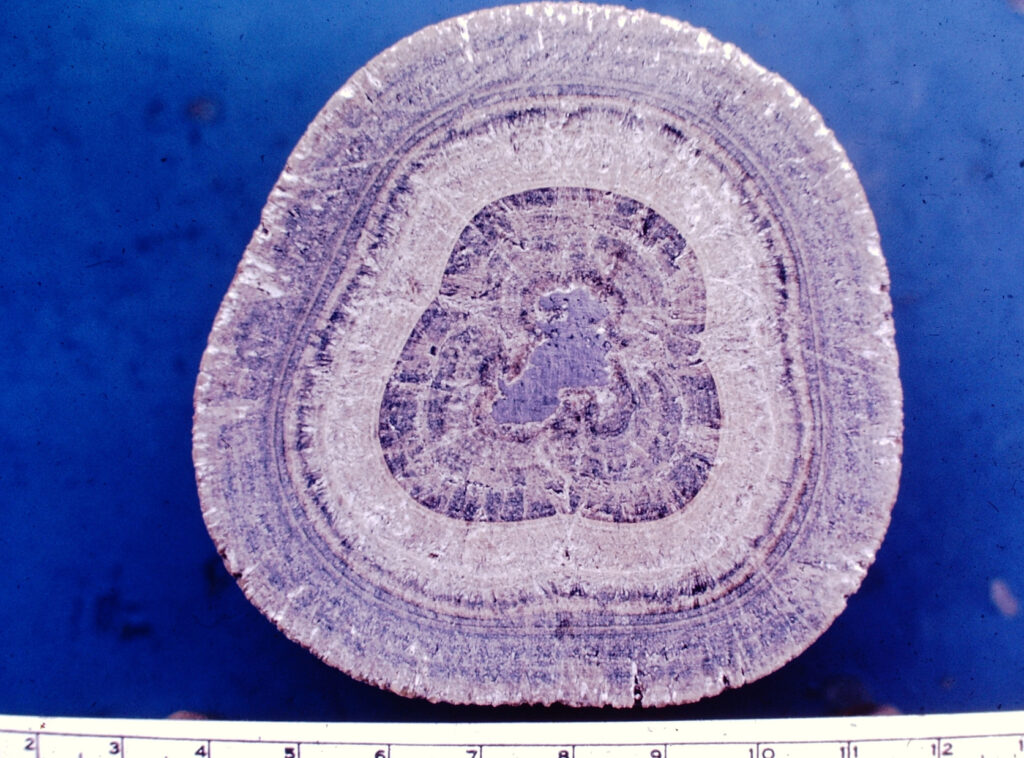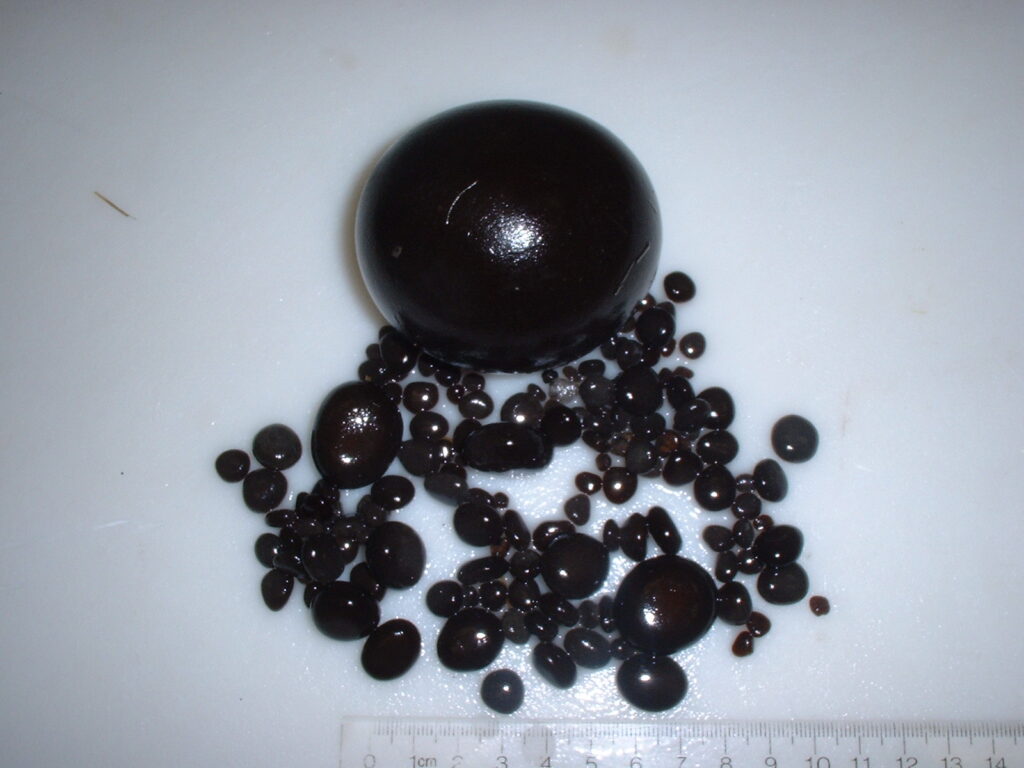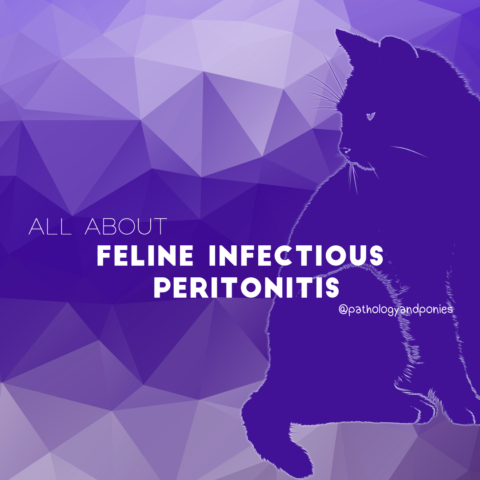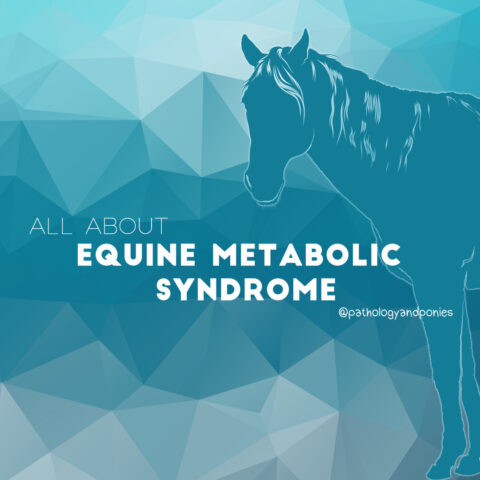Today’s path rounds are on 𝐞𝐧𝐭𝐞𝐫𝐨𝐥𝐢𝐭𝐡𝐬!
𝐖𝐡𝐚𝐭 𝐢𝐬 𝐢𝐭?
𝐄𝐧𝐭𝐞𝐫𝐨𝐥𝐢𝐭𝐡𝐬 are mineralized rocks that can be found in the colon of horses. They are typically made up of 𝐦𝐚𝐠𝐧𝐞𝐬𝐢𝐮𝐦 𝐚𝐦𝐦𝐨𝐧𝐢𝐮𝐦 𝐩𝐡𝐨𝐬𝐩𝐡𝐚𝐭𝐞, and can weigh up to 10kg!! They typically have a smooth, spherical appearance.
𝐖𝐡𝐨 𝐠𝐞𝐭𝐬 𝐢𝐭?
Any horse can get these, however they are more commonly observed in sandy areas like California and Florida. For some unknown reason, Arabians tend to get them the most commonly!
𝐖𝐡𝐚𝐭 𝐜𝐚𝐮𝐬𝐞𝐬 𝐢𝐭?
In general, enteroliths are thought to form around a central 𝐧𝐢𝐝𝐮𝐬, which is some sort of foreign material like a rock, piece of wire, piece of twine, or a large feed clump. From there, the mineral accumulates on the surface of the nidus repeatedly over time, forming rings that can be seen on cut section, similar to a tree.
𝐖𝐡𝐲 𝐢𝐬 𝐭𝐡𝐢𝐬 𝐚 𝐩𝐫𝐨𝐛𝐥𝐞𝐦?
Small enteroliths aren’t a problem usually, as they just float around in the colon. However, large enteroliths may obstruct the colon, preventing flow of feed material, leading to severe colic signs. If not caught quickly, the intestinal wall around these obstructing enteroliths can rupture, leading to intestinal contents leaking into the abdomen. Very bad news for a horse!
𝐇𝐨𝐰 𝐢𝐬 𝐢𝐭 𝐝𝐢𝐚𝐠𝐧𝐨𝐬𝐞𝐝?
Typically these enteroliths are found during 𝐞𝐱𝐩𝐥𝐨𝐫𝐚𝐭𝐨𝐫𝐲 𝐥𝐚𝐩𝐚𝐫𝐨𝐭𝐨𝐦𝐲, or a colic surgery where the surgeon is looking for the cause of a colic. They sometimes can be visualized prior to surgery using ultrasound, depending on their location and size.
𝐇𝐨𝐰 𝐢𝐬 𝐭𝐫𝐞𝐚𝐭𝐞𝐝?
The only treatment for these rocks is surgical removal. Unfortunately, colic surgery can be quite expensive, so horses may be euthanized instead.
𝐏𝐡𝐨𝐭𝐨𝐬
1-5) Examples of enteroliths! Can you see the rings on cut section?
𝐒𝐨𝐮𝐫𝐜𝐞𝐬
Maxie, G. Jubb, Kennedy and Palmer’s Pathology of Domestic Animals, Volume 2. Sixth Edition.
Photos 1-5 courtesy of Noah’s Arkive.









